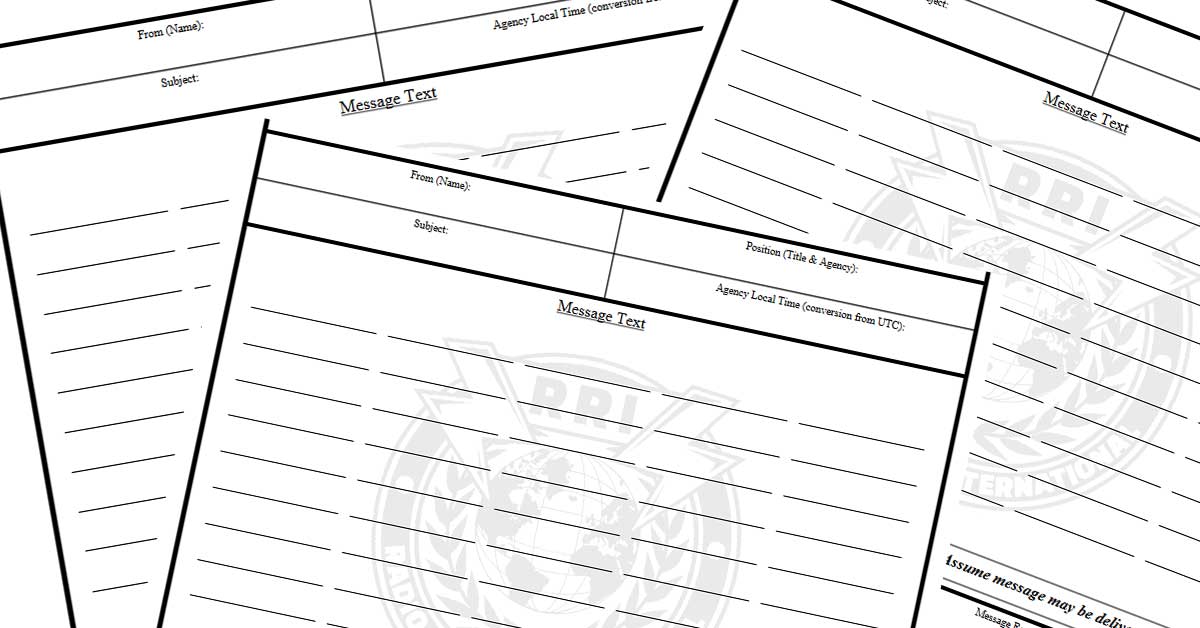
On April 30, a group associated with the New England Division of the ARRL decided to begin originating Radiogram-ICS213 messages of their own design. As a result, we received several complaints about these messages asking if we were involved with this activity. We wish to go on record by stating that we had nothing to do with this.
Several years ago, Radio Relay International developed a complete methodology for originating radiogram-ICS213 messages. Our design was based on the requirements of interoperability, universality, and transparency in the manual mode relay process. In the process of developing this methodology, we sought stakeholder input from various agencies, researched the modified ICS213 formats used by various government agencies and relief organizations, and engaged in peer review with various net managers and ARES leadership personnel. Unfortunately, this group in New England decided to take a “top-down” approach in which a lack of knowledge regarding the professional emergency management environment and disaster telecommunications theory is evident.
The problematic format used is emblematic of a deeper problem in Amateur Radio. For years, Radio Relay International has tried to work with the ARRL in a collegial manner, but we have been rebuffed at every turn. The same is true of our outreach to this select group of operators and their cohorts. So, let’s take a moment to examine what happens when a group of hams, seeing things only from their own perspective, develop their own methodology:
First, this group decided to identify the ICS213 fields numerically in the text of the radiogram. This alone is not necessarily problematic from a network management standpoint, but it is problematic in the emergency management environment. While this procedure works fine for the basic “general message form,” it becomes confusing and problematic when handling modified ICS213 messages for various agencies, many of which add additional fields and content to their ICS213 messages. In other words, by using numerical definitions for the basic fields, one may enter the wrong data in the wrong field when receiving an ICS213 message that was originated by an unfamiliar agency, perhaps resulting in confusion. One may also find that the message tendered for origination cannot be supported by the prevailing methodology. In the worst case, confusion may result in a genuine hazard to first responders or the public.
Second, the version developed by this insular committee is cumbersome on manual mode traffic nets. Because it does not translate well into the standard radiogram format as it is RELAYED through the system, the odds of inaccuracies and errors increase greatly. Perhaps this small group of insular operators doesn’t understand the variable nature of volunteer skills, nor do they understand that people will operate in time of emergency in much the same manner as they operate every day.
Third, the format designed by this insular group adds demand on valuable circuit capacity. This may seem inconsequential during routine times, but circuit capacity is an important and scarce commodity in the event of a genuine crisis or major disaster. This fact cannot be overstated.
RRI has addressed many of these issues involving radiogram-ICS213 development in the “QNI Newsletter,” on our web page, and in video presentations. Our methods and practices have been subject to on-going interoperability drills for over two years now. Many emergency communications organizations use our methodology as part of their training requirements. Those who place mission success above the desire for status and control will undoubtedly make the correct choice by utilizing only the tested RRI methodology.

